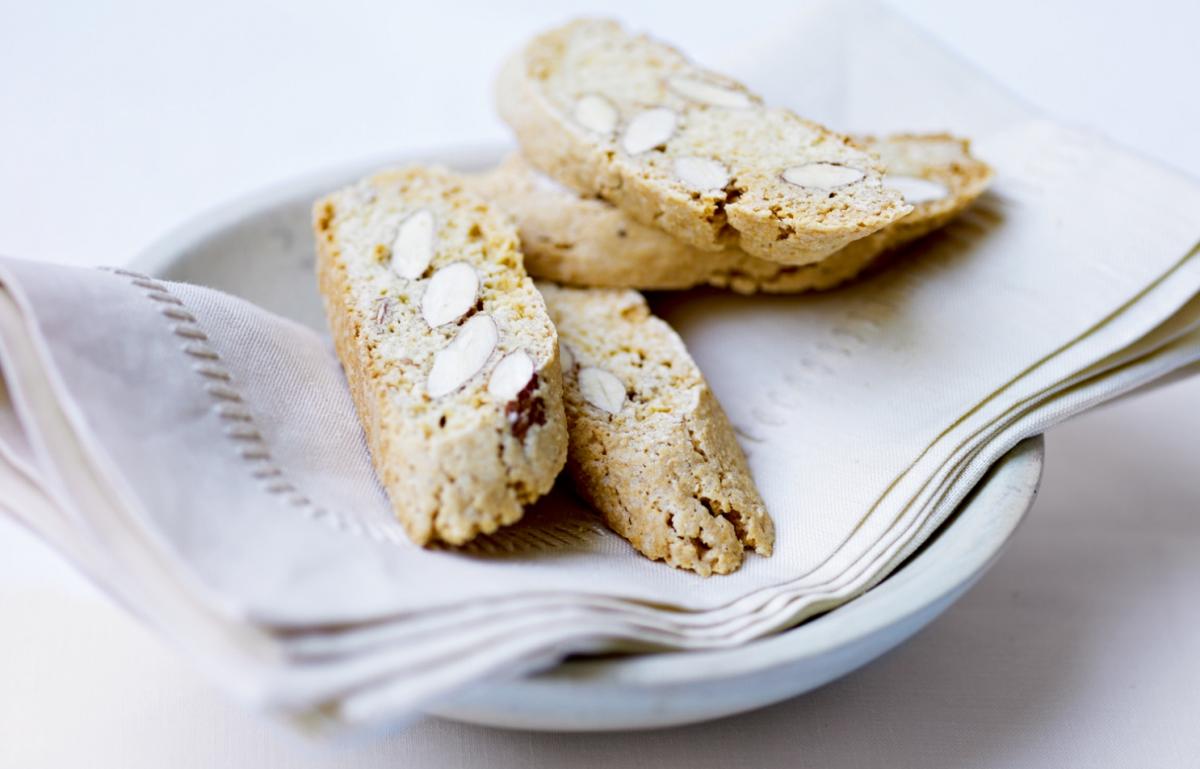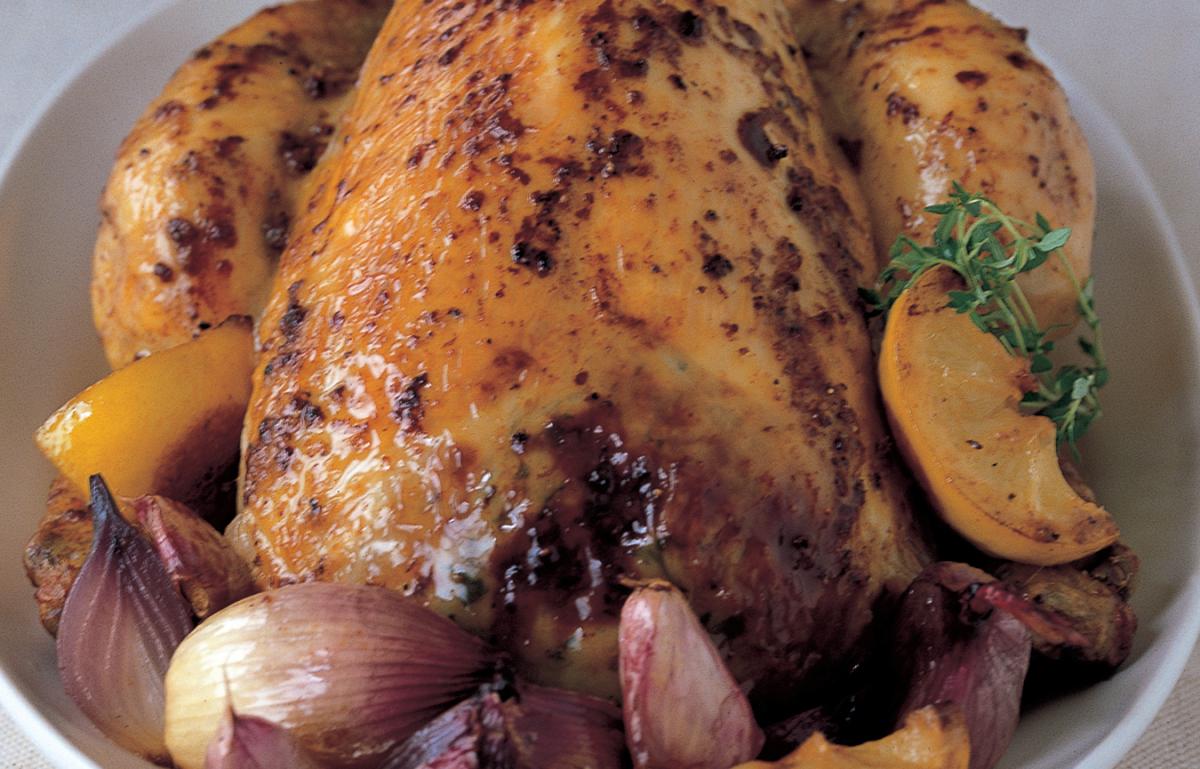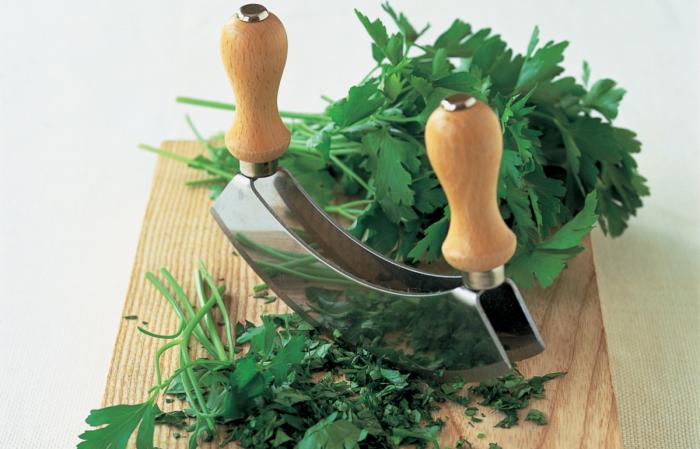


Despite being easy to grow, herbs still have their own set of likes and dislikes. Delia has plenty of advice on how to store, dry and freeze herbs, as well as the best way to chop and when to add them to your cooking.
For those who have to buy fresh cut herbs, do not store them stuck in a jar on a window-sill. Sunlight ruins cut herbs, so tie them loosely but securely in polythene bags and park them in the lowest part of the refrigerator (ie a vegetable drawer). In this way I have kept cut chives, tarragon and chervil for up to a week, mint for a fortnight, and thyme, sage and rosemary even longer.

I don’t often freeze herbs because I enjoy using them in their right season – but chopped and stored in freezer tubs they can sometimes be useful in winter. One alternative, if you have a garden, is to grow winter chives (often called Welsh onions). They survive the frost and snow quite happily. I have found that the best way to freeze herbs for my own use is actually to make herb butter (either of mixed herbs or individual ones). A good way to do this is to press the butter into ice-cube trays, and slip the trays into polythene bags before putting back in the freezer. This makes it very convenient to use just one of two blocks for melting over steaks, fish or vegetables.
There are plenty of little gadgets on the market for chopping herbs, but none as good as a sharp knife and a wooden chopping board. The trouble with many of these gadgets is that they squash, rather than chop, the herbs and make them mushy (they also require tedious and intricate cleaning afterwards!).
Ideally you need a good-sized cook’s knife, with a 7 inch (18 cm) blade that is slightly curved. Arrange the herbs on the chopping board by spreading them out, then rest the blade of the knife horizontally on the board at the edge furthest away from you. Hold the pointed end between the finger and thumb of one hand to steady it, take the handle in the other hand, and make sharp cutting movements swinging the handle towards you as you chop – so that the blade swivels in a fan shape across the herbs, and back again. Your reward, I promise, will be a deliciously aromatic, herb-scented kitchen.
Chives are an exception, as they are far more easily snipped with kitchen scissors. I have also heard it said (and I pass it on to you) that basil should have its leaves torn rather than chopped: this, apparently, is the best way to retain all the fragrant oils.
In some recipes whole sprigs of herbs are added to the pot at the beginning of the cooking, so that their flavour can truly permeate the food, but this depends entirely on the nature of the dish and the herb itself. There are times (especially when making sauces or soups) when it is far better to add the herb at the very end, just before serving, so that none of the freshness or fragrance is lost. Examples of this would be chives in leek soup, parsley in parsley sauce, and basil in tomato sauce.

In some recipes whole sprigs of herbs are added to the pot at the beginning of the cooking, so that their flavour can truly permeate the food, but this depends entirely on the nature of the dish and the herb itself. There are times (especially when making sauces or soups) when it is far better to add the herb at the very end, just before serving, so that none of the freshness or fragrance is lost. Examples of this would be chives in leek soup, parsley in parsley sauce, and basil in tomato sauce.
Home drying of herbs is something that requires care and expertise, and there are many good books on the subject. However, commercially dried herbs are very useful in the kitchen at certain times of the year. Some cooks despise the use of dried herbs altogether – and I would agree that some herbs like chives, parsley and particularly mint lose all their charm and flavour when dried. Nevertheless, there are those that deserve their place in the kitchen, and in my notes on the varieties of herbs I have indicated which these are.
Follow us Like us on Facebook Follow us on twitter Follow us on instagram Follow us on pinterest Follow us on youtube
© 2001-2024 All Rights Reserved Delia Online